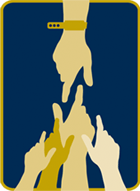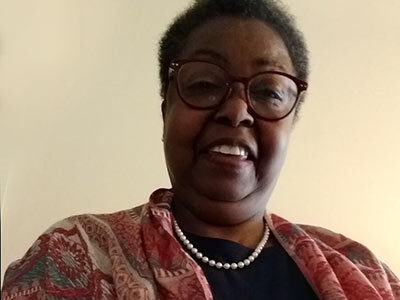If you ask Carolyn C. her age, she’ll be ecstatic to tell you that she is turning 63 very soon. Why is she so excited?
“Nobody would’ve even imagined I’d make it to 63,” Carolyn said.
Carolyn was a patient at the NIH Clinical Center in 1983 after being diagnosed with SLE, more commonly known as lupus. Carolyn was in her third year of medical school completing elective classes in San Francisco when her health quickly made a turn for the worse. She still remembers how one day during her time in San Francisco, her brain was telling her to get up, but her body didn’t move. Her parents flew her home to the D.C. area where they tried in vain to get her treated at other hospitals, but doctors weren’t quite sure what was wrong with her.
Carolyn enrolled in a protocol at the NIH and was found to have Staphylococcus aureus in her blood. In the fight to save her life, Carolyn received treatments with the drug cyclophosphamide, which is often used in cancer treatments today.
“I was basically dying the slow way,” Carolyn said.
Carolyn stayed in the NIH for close to two months, as she remembers the seasons changing from winter to spring during her treatment.
The NIH saved Carolyn’s life. She went on to earn her medical degree from Howard University, married and had a child. She has lived in the Cleveland area since 1990 and worked as a nephrologist with the Case Western Reserve University hospital until her retirement in 2011.
Nobody would’ve even imagined I’d make it to 63.
Carolyn supports Friends of Patients at the NIH because she is aware that not everyone who receives treatment at the NIH is in the same financial position as she was.
“I am a Black person, and I am a Black doctor, and I’m very, very aware that there are discrepancies in the wealth – the income gap – of this country,” Carolyn said.
Carolyn said she is “beyond grateful” for the NIH, because the NIH gave her back her life. To this day, she is thankful for the doctors, nurses, and occupational therapists who helped her during her days of treatment.
“To be able to be a patient at the NIH is a gift,” Carolyn said.





